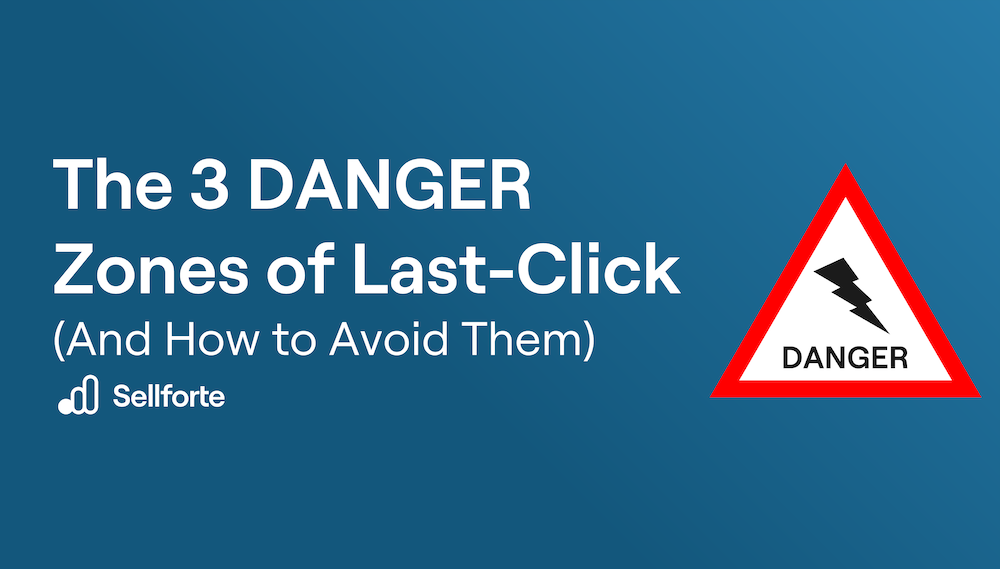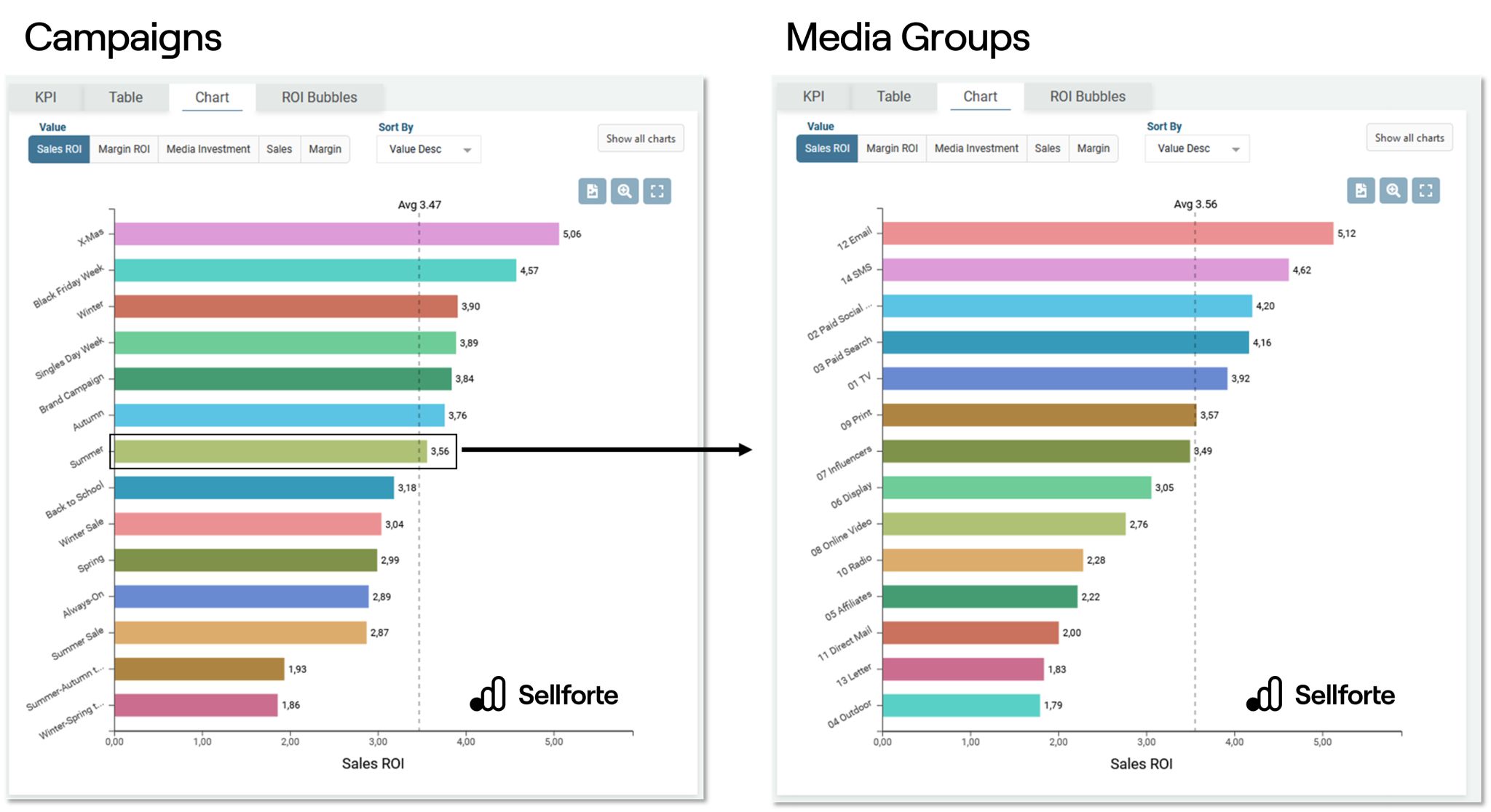How to Measure the True Effectiveness of TikTok Ads?
TikTok has quickly evolved from a popular social media app to one of the fastest-growing advertising platforms in the world. With its unique blend of short-form video content, powerful creator ecosystem, and highly engaged user base, TikTok is becoming an important channel for eCommerce businesses and Retailers to reach new customers and engage with existing ones.
While an increasing number of marketing teams choose TikTok into their channel mix, many of them struggle measuring TikTok’s true effectiveness. Last-Click attribution is still the most popular cross-channel measurement approach for digital channels, and it severely underestimates TikTok’s true revenue contribution. This is why many digital marketing teams have started adopting Marketing Mix Modeling (MMM). MMM enables marketers to measure the incremental sales impact of each channel more accurately.
In this article, we will discuss how transitioning from Last-Click Attribution to Marketing Mix Modeling enables marketers to uncover the true ROI of TikTok. We analyzed 34 businesses in eCommerce and Retail, and evaluated how MMM-based measurement differs from Last-Click Attribution for TikTok. We also compared TikTok to Paid Social more broadly.
TikTok’s Performance in Driving eCommerce Sales
Let’s start the analysis by evaluating how well Last-Click Attribution captures TikTok’s performance in driving eCommerce sales for the companies in the study.
Difference between Last-Click and MMM for TikTok in eCommerce
Based on our research, we found out that to uncover the true effectiveness for driving eCommerce sales, you need to multiply Last-Click ROAS by...
- 17x for TikTok Ads (median)
- 4.2x for Paid Social, covering all social platforms (median)
This is also illustrated in the picture below.
Multiplier from Last-Click ROAS to a ROAS estimate from Marketing Mix Modeling
From our earlier research, we already knew that Last-Click struggles capturing the incremental sales impact of Paid Social channels in general, and this was further confirmed by the findings of this research.
We also knew that Last-Click has challenges in measuring TikTok, but we weren’t prepared to find out just how severe the situation is:
- The median multiplier of 17x between Last-Click and Marketing Mix Modeling is very high and shows that marketers interested in understanding the true revenue contribution of TikTok should not rely on Last-Click, even in “getting a directional read” on the ROI.
- In most cases, Last-Click-reported ROAS was between 0 and 1, meaning that Last-Click's narrative to marketers is that TikTok returns less back in sales than what was spent on the platform.
- When we analyzed hundreds of TikTok campaigns in the study, we found lots of campaigns getting zero attributed conversions from Last-Click.
While the median multiplier for TikTok was 17x, there was a high variance in the sample: the lowest multiplier was 3.5x and the highest 90x. High variance in the sample suggests that Last-Click’s ability to capture TikTok’s revenue contribution varies by business. The multiplier was highest for businesses having high share of TikTok spend on awareness campaigns. On the other hand, the multiplier was lower for businesses with high share of TikTok spend in performance campaigns, such as retargeting.
Why is Last-Click underestimating TikTok's ROI?
There are two main reasons why Last-Click Attribution is unable to capture the true incremental revenue that TikTok is driving.
1. Last-Click can’t see total eCommerce revenue of the business: It's typically missing 20-25% of eCommerce revenue. The difference is driven by the fact that click-based attribution is primarily operating with analytics cookies, which an increasing number of visitors decline when entering the website. You can check the actual percentage for your business by comparing your total eCommerce sales and total revenue from your attribution tool.
2. Last-Click is not measuring incrementality: Its attribution logic is based on assigning credit to the last ad that was clicked before purchase. As an example, a conversion attributed to a demand capture channel, such as branded search, could have in reality been a result from the buyer seeing an ad earlier in the purchase journey, such as a TikTok ad. This is especially important to understand for TikTok, because its short-video format might generate a high number of impressions influencing buyers in all stages of the buying journey, but might not always appear in the list of ads clicked right before purchase.
What does this mean for an eCommerce business?
Let’s take an example. You’re a medium-sized eCommerce business and have decided to test adding TikTok to your channel mix. You tested TikTok by investing $100k in TikTok campaigns and are now analyzing the results. You must decide: Cut or Scale?
If you’re using Last-Click: Last-Click could be reporting a ROAS that is anywhere between 0 and 1. Let’s pick 0.25 for now. This means that $100k of TikTok spend drove $25k of incremental sales, according to Last-Click. If you take this as truth, you’re likely to end your TikTok experiments here.
If you’re using MMM: If Last-Click ROAS is 0.25, and we apply the median multiplier of 17x, your true ROI could be 4.25. This means that $100k of TikTok spend drove $425k of incremental revenue. This makes continuing with TikTok attractive, and you might explore scaling your TikTok experiment to different types of TikTok campaigns.
This is also illustrated in the picture below.
Illustration: Typical difference between Last-click and MMM for a $100k TikTok ad spend in eCommerce
TikTok’s Performance in Driving Store Sales
If you’re an omnichannel retailer with physical stores as well, you’re probably wondering whether TikTok has an impact to your store sales. Let’s investigate this next!
Typical Store Sales Impact for TikTok in Retail
As we all know, Last-Click Attribution does not capture store sales. Nor does any other click-based attribution methodology. But advertising on TikTok and all other digital channels do have an impact on store sales, in addition to driving eCommerce sales.
For large omnichannel retailers, we often see demand capture channels, such as branded search and shopping, have majority of their revenue impact in eCommerce sales (60-80%) and the rest in store sales. At the other end of the spectrum, Awareness channels, such as Paid Video or Awareness campaigns in Paid Social, can have 30-50% of their sales impact eCommerce sales, and the rest in stores sales. The percentages are largely influenced by the share of eCommerce sales that the omnichannel Retailer has, which is typically around 10%.
Where does TikTok fall in this range? In our sample,
- TikTok’s Performance campaigns had approximately 60% of sales impact in eCommerce and 40% in offline sales.
- TikTok’s Awareness campaigns had approximately 30% of sales in eCommerce, while 70% of the sales impact was in offline stores. While this is aligned with the typical eCom/store sales split for Awareness channels, it is more skewed towards having a high store sales impact.
These numbers can also be translated into multipliers. If you’re an omnichannel retailer looking to include TikTok’s store sales impact into measurement, you typically need to multiply its ROI by
- 1.7x for TikTok performance campaigns
- 3.3x for TikTok Awareness campaigns
What Does This Mean for a Retailer?
Let’s continue the example we had in the previous section, where $100k investment on TikTok advertising was driving $425k worth of eCommerce sales. If your TikTok spend was focused on performance campaigns, you still need to multiply the incremental eCommerce sales impact and ROI by 1.7x to include its store sales impact. This means that your total ROI could be 7.2 and you drove $723k worth of sales with your $100k investment. This is illustrated in the image below.
Illustration: Typical difference between Last-click and MMM for a $100k TikTok ad spend in Omnichannel Retail
When comparing Last-Click Attribution and MMM for a Retailer in this example, the difference is staggering: The true effectiveness is 29x compared to Last-Click's estimate.
Conclusion: What does this mean for marketers?
Marketers should be aware that Last-Click Attribution struggles capturing TikTok's true revenue contribution:
- TikTok is 17x more effective in driving incremental sales than what Last-Click Attribution is reporting for eCommerce businesses.
- On top of this, one can still multiply the incremental eCommerce revenue driven by TikTok by 1.7x-3.3x to capture TikTok's store sales impact in omnichannel Retail.
The takeaway is clear: by adopting Marketing Mix Modeling to accurately measure the true incremental impact of each channel, marketers can fully harness TikTok’s potential to drive revenue growth.
Ready to start measuring TikTok's true ROI with Sellforte? Start your Free Trial

You May Also Like
These Related Stories

The 3 Danger Zones of Last-Click (And How to Avoid Them)

Unlock 6.5% More Sales with Marketing Mix Modeling

